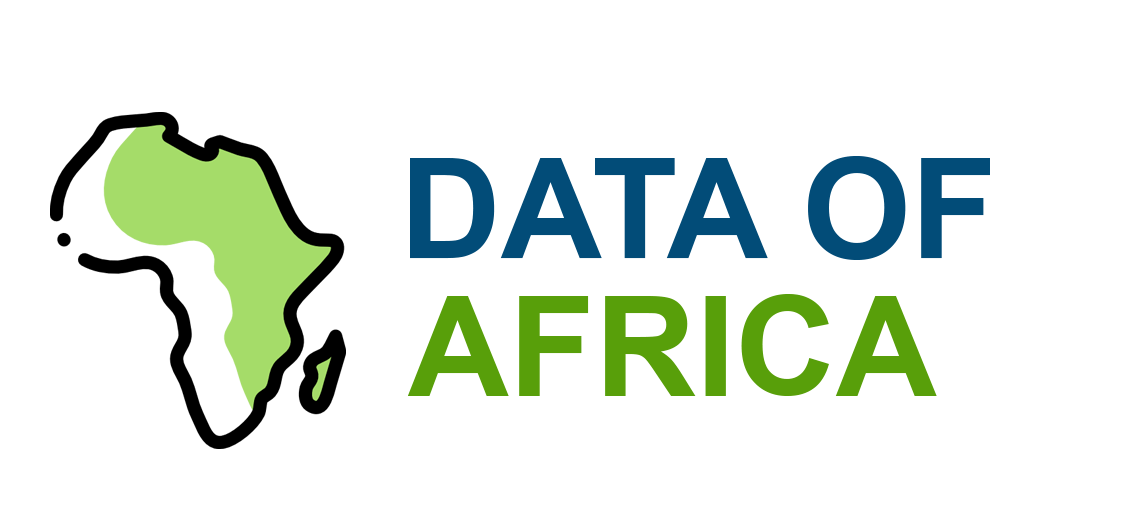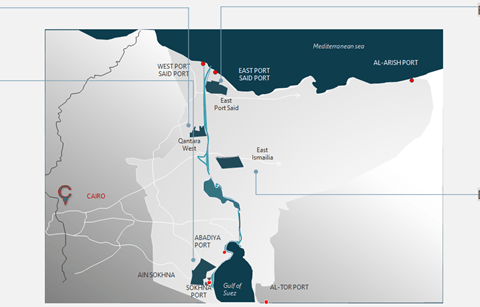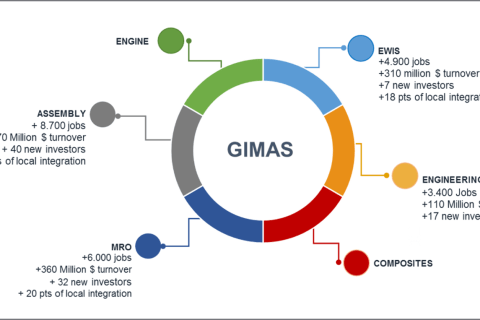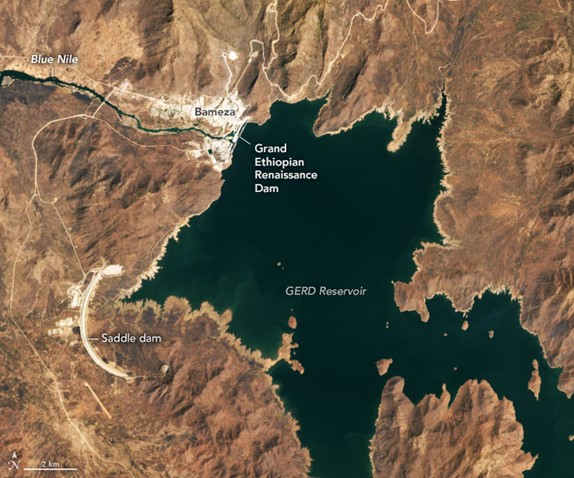
The Grand Ethiopian Renaissance Dam, inaugurated in 2022, is the largest dam in Africa, projected to reach an installed capacity of 5,150 MW thanks to 13 turbines on the Blue Nile, 30 km upstream from the Sudanese border. Its compacted concrete construction unfolds a 1,780 m long and 145 m high wall, forming a 74 km³ reservoir covering nearly 1,874 km².
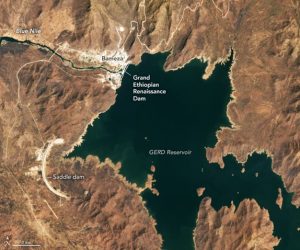
Major issues
-
- Energy sovereigntyand development: the dam should make it possible to electrify 60% of the Ethiopian population and export electricity to its neighbors.
- Hydrological regulation: Reduction of Sudanese flooding by 40 km downstream, water conservation for the benefit of Aswan.
- Geopolitical tensions: growing concerns in Egypt and Sudan about speed cuts, ongoing negotiations are constantly tense.
Social, ecological & economic impacts
-
- Jobs & Rural Development: generating around 12,000 local jobs, improving infrastructure.
- Closing the energy gap: the expected annual production of ~15.7 TWh will lower the energy poverty rate and stimulate industry.
- Environmental challenges: loss of habitats, need to relocate 20,000 people, distortion of sediments useful for Egyptian agriculture, and risks of transmission of waterborne diseases.
- Technical solutions & governance: use of remote sensing (satellites, NiBRAS) to regulate filling, tools for anticipating droughts and floods.
Perspective & Challenges
Although already partially operational (2 x 375 MW from 2022), the GERD still needs several years to reach its full capacity and conclude agreements on filling and management modalities, particularly with Egypt and Sudan. The continuation of negotiations, in parallel with the maintenance of scientific tools for shared management, is crucial to avoid a major water conflict and ensure sustainable operation.
